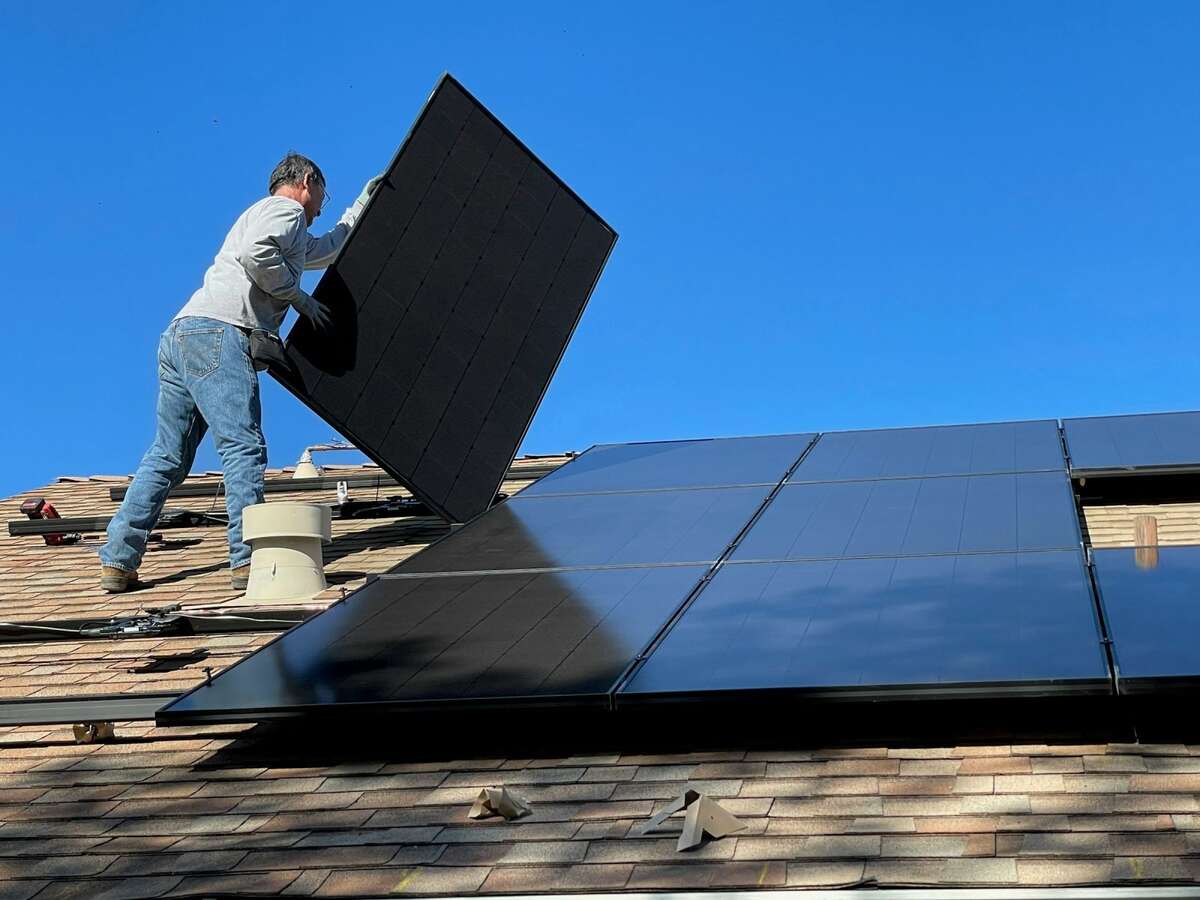By DR. MICHAEL SHANK
With newly elected President Donald Trump declaring a national energy emergency last month to boost fossil fuels, while planning to gut environmental policies of the previous administration, there is one clean energy that’ll stay in the mix — and that’s solar power.
Trump’s recently confirmed pick for Department of Energy Secretary, fossil fuels executive Chris Wright, started his career in solar and intimated during Senate confirmation hearings that it will be part of the administration’s all-of-the-above energy strategy — a strategy to which most administrations, including previous Democratic ones, have committed themselves.
It makes financial sense that the Department of Energy would keep solar on the table. The sun offers free, clean and abundant energy; there’s plenty of it across America, which is why the industry is thriving; and it’d be foolish for the administration to refrain from harnessing it and storing it in American-made batteries.
That doesn’t mean, however, that clean energy advocates can assume that solar is unassailable under a Trump administration. How that solar gets rolled out is critical. For example, many conservatives don’t love when big farm fields are turned into solar fields, even when the soil isn’t prime agricultural land.
Republicans often see big solar fields as the gutting of American farmland, even as fossil fuel facilities harm the very same farmland and fields. So, while solar investments will likely continue under the Trump administration, how and where that solar power gets built will likely shift.
Solar advocates need to be clever, then, in positioning the opportunity for clean energy investments under this new federal administration. Solar panels on roofs and parking lots will likely remain bipartisan, for example.
Why? Because there’s a safe business precedent for it. Walmart has invested heavily in putting solar on its store roofs and parking canopies. And they’re unabashed about doing it for financial reasons. Amazon, similarly, has invested heavily in putting solar on its fulfillment warehouses — again because it makes financial sense for these companies to do so.
Now, combine that fiscal thinking and bipartisan support for solar on roofs with a little compassionate conservatism and you get something politically unassailable. And that’s exactly what one state in the U.S. has figured out. Communities across Virginia are installing solar panels on the roofs of new homes built by Habitat for Humanity.
While this kind of solar-meets-Habitat partnership isn’t new — as former President Jimmy Carter promoted it, U.S. businesses have partnered with Habitat offices in various states to do this, and rotary clubs have created a guidebook for this work — it’s often a one-off and usually in a specific community. There’s not a systematic approach across a state or country.
What Virginians are doing under the leadership of a statewide nonprofit called GiveSolar is systemizing solar within Habitat for Humanity branches across the entire state, so that it becomes the default, enabling the new homeowner to save money on their electric bill long term.
This is a win-win-win for people, their pocketbooks and the planet. Integrating solar seamlessly into the design and construction phase — since Habitat’s builders already do framing, drywall, electrical and roofing — as well as into the financing phase will cut costs across the board, especially for Americans who need it most.
Rolling the cost of solar power into the Habitat mortgage, similar to how a heat pump might be added, brings a real return on investment for a new homeowner. A $600 monthly mortgage, for example, would be increased by only $40 when adding a solar system to a 30-year mortgage. And a typical solar system in Virginia saves the Habitat homeowner roughly $80 on the monthly bill, starting on day one.
Those are real savings for American families who need it, while also adding economic and energy security for Americans during increasingly unstable and fluctuating energy prices and shocks.
This is a no-brainer opportunity for new wealth building for hard-working Americans. And whether it’s federally or foundation funded, supported by religious organizations or community based organizations — or covered by forward-thinking leaders like the American Institute of Architects, an organization that offsets some of its greenhouse gas emissions with a $500,000 donation to GiveSolar, covering the cost of solar panels on roughly 72 homes — integrating solar into the building and financing of Habitat houses in America is the kind of national effort we need right now.
And while the U.S. government’s Solar for All program will be essential in supporting solar power in disadvantaged communities in the coming years, it’ll need to be met and matched with private funding and partners like Habitat to scale effectively.
Helping Americans build new wealth while scaling clean energy is a bipartisan win-win. This is how we help Americans become more energy secure — by giving them the tools to power their own homes.
Here’s to more of what Virginia is doing and in every state of the union. More states stand ready to do the same. Time to power America.
Michael Shank is adjunct faculty at New York University’s Center for Global Affairs and visiting scholar at George Mason University’s Carter School for Peace and Conflict Resolution. This article first ran in the Richmond Times Dispatch.








